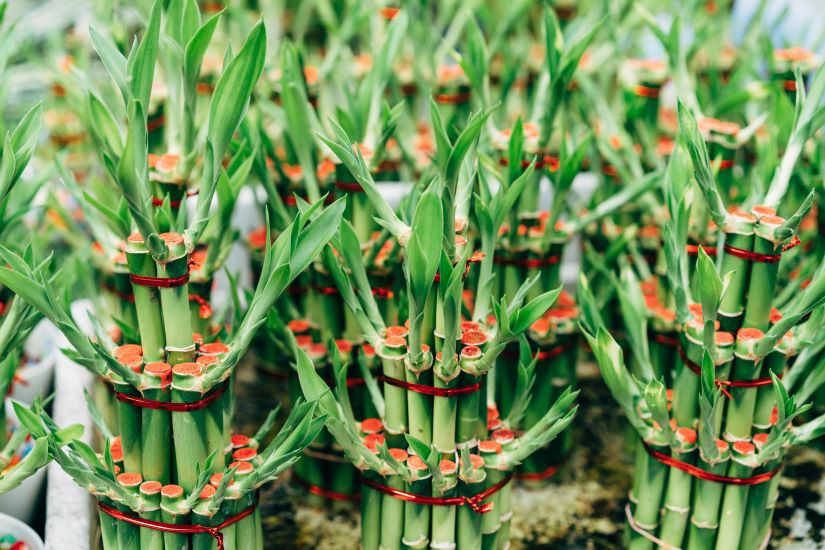Lucky bamboo, scientifically known as Dracaena sanderiana, has long been associated with luck, prosperity, and good fortune in various cultures, particularly in Chinese Feng Shui practices. But is there any truth behind the belief that this elegant plant brings luck to its owners? In this blog, we’ll delve into the origins of the lucky bamboo myth and explore whether there’s any scientific basis to support its purported benefits.
The Symbolism of Lucky Bamboo:
Lucky bamboo holds significant cultural and symbolic importance in Chinese tradition, where it is believed to bring positive energy, prosperity, and abundance into the home or workplace. The number of stalks and the arrangement of the plant are thought to influence the type of luck it attracts, with certain configurations believed to bring wealth, health, or happiness.
Debunking the Myth:
While lucky bamboo may be revered for its aesthetic appeal and cultural significance, there is little scientific evidence to support its supposed luck-bringing properties. In reality, the perceived “luck” associated with lucky bamboo is likely rooted in cultural beliefs and superstitions rather than any inherent mystical powers of the plant itself.
Benefits of Lucky Bamboo:
While lucky bamboo may not possess magical powers, it does offer some practical benefits as a houseplant.
- Air Purification: Like other houseplants, lucky bamboo can help improve indoor air quality by removing toxins and pollutants from the air, creating a healthier living environment.
- Low Maintenance: Lucky bamboo is relatively easy to care for and requires minimal maintenance, making it an ideal choice for those with busy lifestyles or limited gardening experience.
- Aesthetic Appeal: With its elegant, slender stalks and vibrant green leaves, lucky bamboo adds a touch of natural beauty to any indoor space, enhancing the overall ambiance and décor.
Caring for Lucky Bamboo:
To keep your lucky bamboo healthy and thriving, follow these care tips:
- Place the plant in indirect sunlight.
- Use distilled or filtered water to avoid mineral buildup.
- Change the water every two to four weeks.
- Trim yellow or brown leaves as needed.
- Avoid over-fertilizing, as this can harm the plant.
Conclusion:
While lucky bamboo may not possess magical powers, its cultural significance and aesthetic appeal make it a popular choice for indoor décor. Whether you believe in its luck-bringing properties or not, there’s no denying the beauty and charm of this versatile houseplant. So, if you’re looking to add a touch of greenery to your home or office, consider incorporating lucky bamboo into your space—it may not bring you luck, but it will certainly brighten your surroundings.
Picture Courtesy: Google/images are subject to copyright









